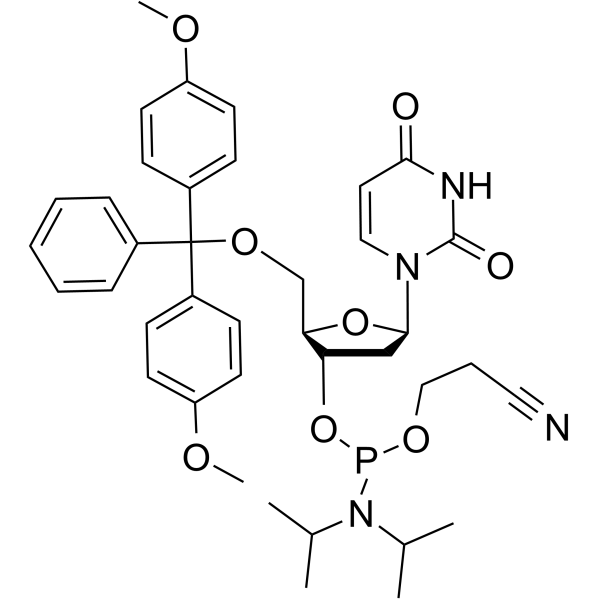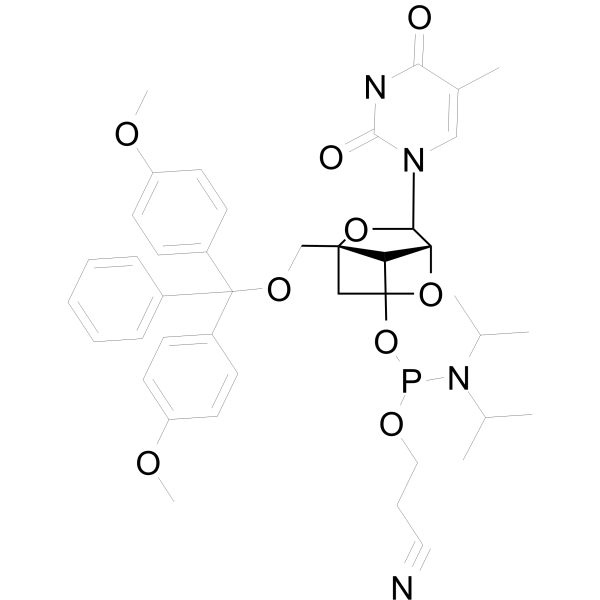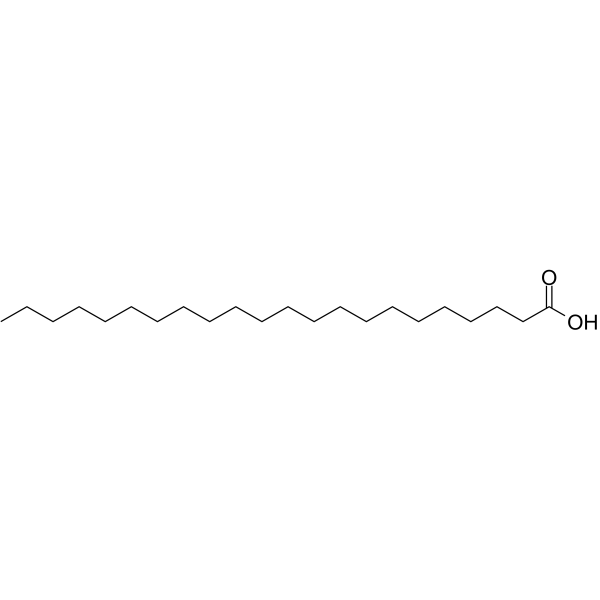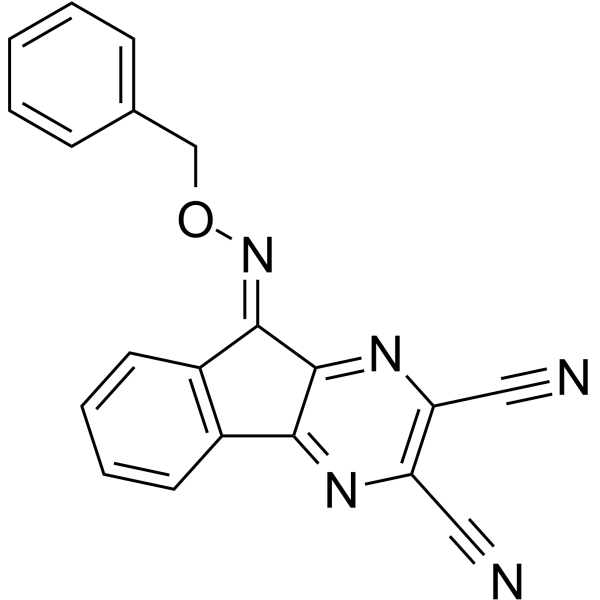|
BP13169
|
Datelliptium chloride
|
|
|
|
|
Datelliptium chloride is a DNA-intercalating agent derived from ellipticine. with anti-tumor activities.
|
|
BP13170
|
Dehydrodiconiferyl alcohol
|
|
|
|
|
Dehydrodiconiferyl alcohol shows anti-adipogenic and anti-lipogenic effects in 3T3-L1 cells and primary mouse embryonic fibroblasts. Dehydrodiconiferyl alcohol can modulate the differentiation of Th17 and Th1 cells and suppress experimental autoimmune encephalomyelitis, it may be a potential candidate as an agent for the control of Th17 and Th1-mediated inflammatory diseases. (+)-(2S,3R)-Dehydrodiconiferyl alcohol is an antioxidant, it has an inhibitory effect on VCAM-1 expression via JNK pathway in endothelial cells and therefore may serve as a novel pharmacological agent to improve endothelial dysfunction.
|
|
BP13171
|
Dehydroglyasperin D
|
|
|
|
|
Dehydroglyasperin D exhibits anticancer, anti-inflammatory, anti-obesity, antioxidant and anti-aldose reductase effects, it inhibits the proliferation of HT-29 human colorectal cancer cells through direct interaction with phosphatidylinositol 3-kinase; it also mediates suppression of both COX-2 expression and the MLK3 signalling pathway through direct binding and inhibition of MLK3. Dehydroglyasperin D shows strong ferric reducing activities and effectively scavenged DPPH, ABTS(+), and singlet oxygen radicals.
|
|
BP13172
|
Deoxycytidine triphosphate
|
|
|
|
|
Deoxycytidine triphosphate is a nucleoside triphosphate.It is a raw material in DNA synthesis. Deoxycytidine triphosphate has many applications, such as real-time PCR, cDNA synthesis, and DNA sequencing.
|
|
BP13173
|
Deoxythymidine-5'-triphosphate trisodium
|
|
|
|
|
Deoxythymidine-5'-triphosphate (dTTP) trisodium salt is one of the four natural deoxynucleotides. It is used for the biosynthesis of deoxyribonucleic acid by DNA polymerase and reverse transcriptase.
|
|
BP13174
|
dGTP
|
|
|
|
|
dGTP is one of the guanosine nucleotides which is highly susceptible to oxidative damage to 8-O-GDP, 8-O-dGTP, 8-O-GTP, and 8-O-dGTP.
|
|
BP13175
|
DHODH-IN-11
|
|
|
|
|
DHODH-IN-11 is a leflunomide derivative and weak dihydroorotate dehydrogenase (DHODH) inhibitor with a pKa of 5.03.
|
|
BP13176
|
Diaveridine
|
|
|
|
|
Diaveridine (DVD) is a popular antibacterial synergist that is widely used in combination with sulfonamide. It has been reported to be genotoxic to mammalian cells, but more studies are required to clarify this.
|
|
BP13177
|
Didox
|
|
|
|
|
Didox is a synthetic ribonucleotide reductase (RR) inhibitor that has been found to reduce the levels of oxidative injury markers in the brains of HIV patients with dementia.
|
|
BP13178
|
Digeranyl bisphosphonate
|
|
|
|
|
Digeranyl bisphosphonate is a potent inhibitor of geranylgeranylpyrophosphate (GGPP) synthase.
|
|
BP13179
|
Dihydroguaiaretic acid
|
|
|
|
|
Dihydroguaiaretic acid has antioxidative activity, can significantly protect primary cultured neuronal cells against glutamate-induced oxidative stress.
|
|
BP13180
|
Dihydromyricetin
|
|
|
|
|
Dihydromyricetin is a natural antioxidant flavonoid from Ampelopsis grossedentata. Dihydromyricetin is a potent inhibitor of dihydropyrimidinase with an IC50 of 48 μM. Dihydromyricetin can activate autophagy by inhibiting mTOR signaling.
|
|
BP13181
|
5,6-Dihydro-5-methyluracil
|
|
|
|
|
Dihydrothymine is an intermediate breakdown product of thymine.
|
|
BP13182
|
DMT-2′Fluoro-dU Phosphoramidite
|
|
|
|
|
DMT-2′Fluoro-dU Phosphoramidite can be used to modify nucleosides.
|
|
BP13183
|
DMT-dG(ib) Phosphoramidite
|
|
|
|
|
DMT-dG(ib) Phosphoramidite can be used to synthesize DNA.
|
|
BP13184
|
DMT-dU-CE Phosphoramidite
|
|
|
|
|
DMT-dU-CE Phosphoramidite is a nucleoside molecule commonly used for the synthesis and sequencing of DNA.
|
|
BP13185
|
DMTr-LNA-5MeU-3-CED-phosphoramidite
|
|
|
|
|
DMTr-LNA-5MeU-3-CED-phosphoramidite is a derivative of nucleoside.
|
|
BP13186
|
Docosanoic acid
|
|
|
|
|
Docosanoic acid is a long-chain saturated fatty acid. It has been found in peanut and M. oleifera seed oils.
|
|
BP13187
|
Doxifluridine
|
|
|
|
|
Doxifluridine is a fluoropyrimidine derivative and oral prodrug of the antineoplastic agent 5-fluorouracil (5-FU) with antitumor activity. Doxifluridine, designed to circumvent the rapid degradation of 5-FU by dihydropyrimidine dehydrogenase in the gut wall, is converted into 5-FU in the presence of pyrimidine nucleoside phosphorylase. 5-FU interferes with DNA synthesis and subsequent cell division by reducing normal thymidine production and interferes with RNA transcription by competing with uridine triphosphate for incorporation into the RNA strand.
|
|
BP13188
|
DUB-IN-1
|
|
|
|
|
DUB-IN-1, with an IC50 value of 0.24 for USP8, is an active inhibitor of ubiquitin-specific protease (USPs).
|


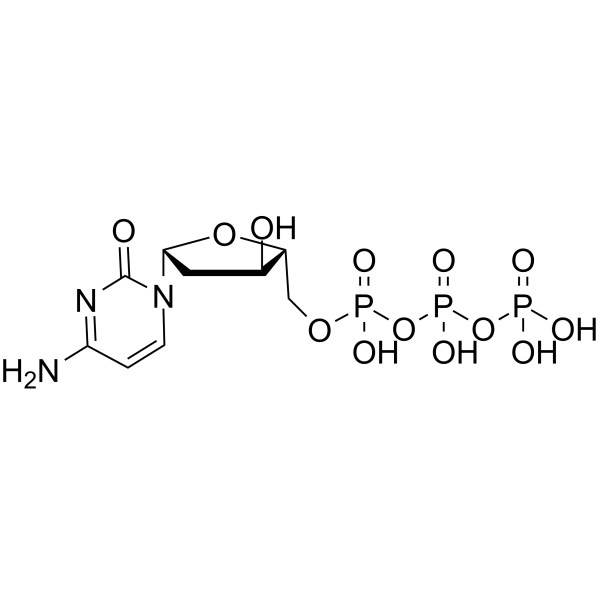

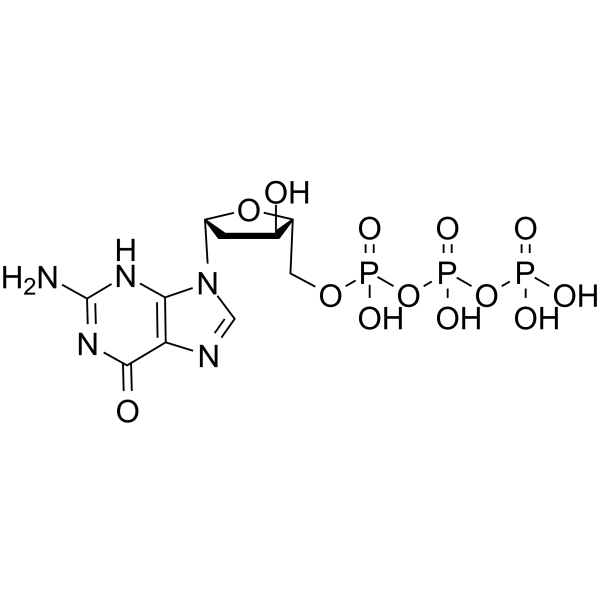
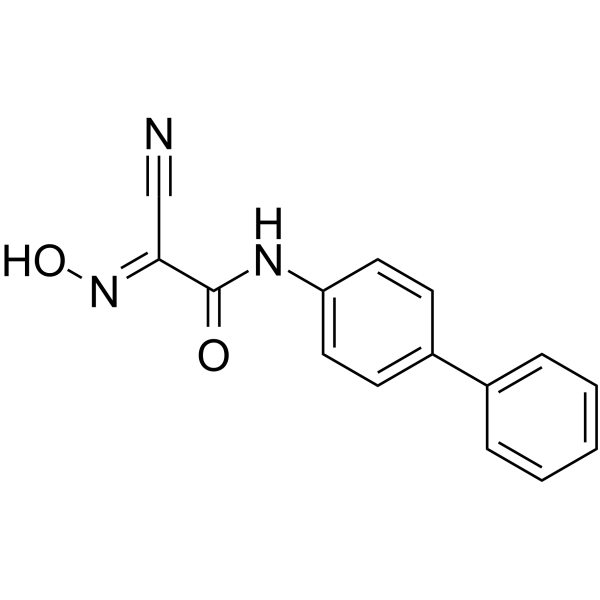
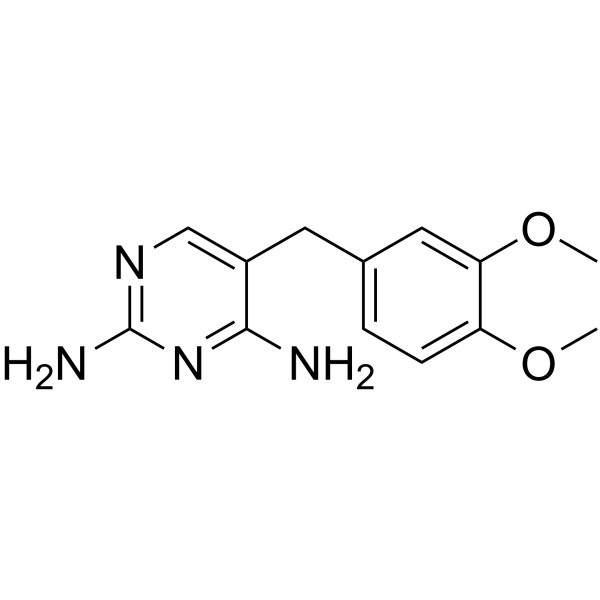
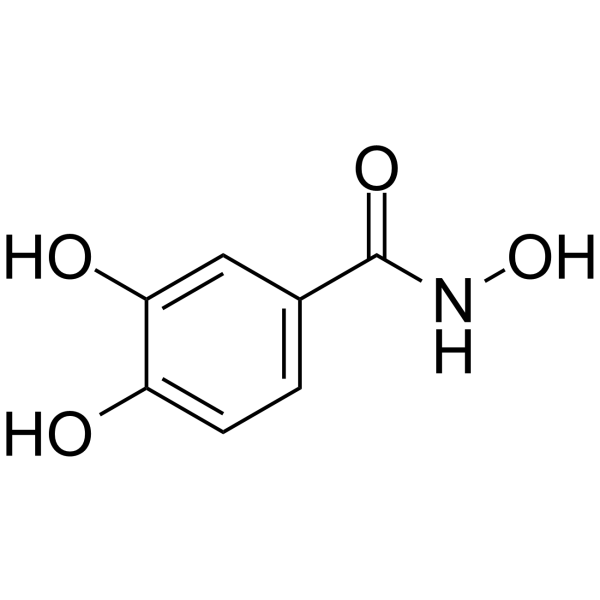
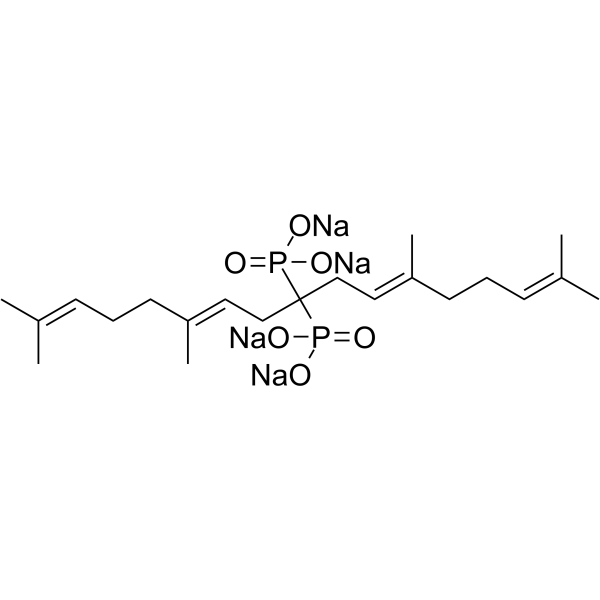
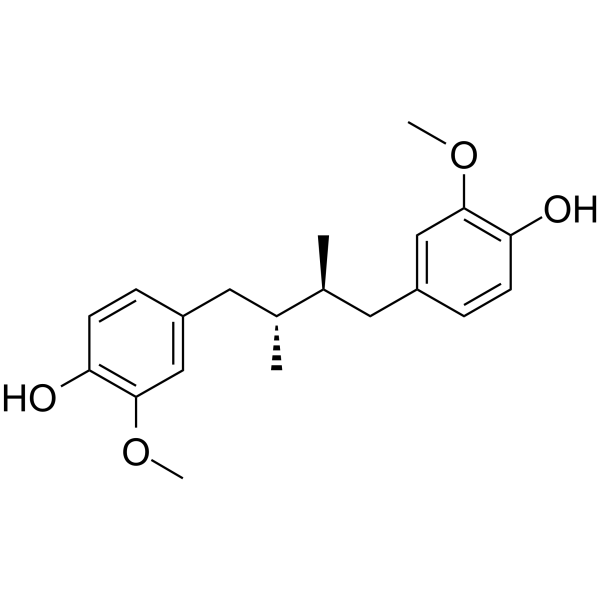
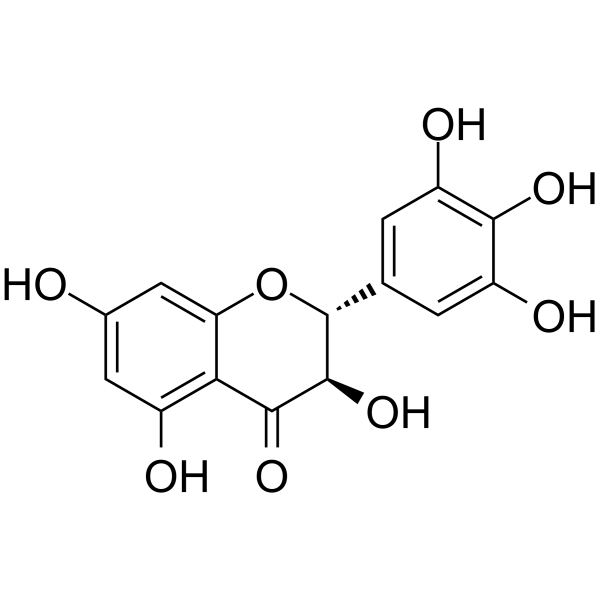
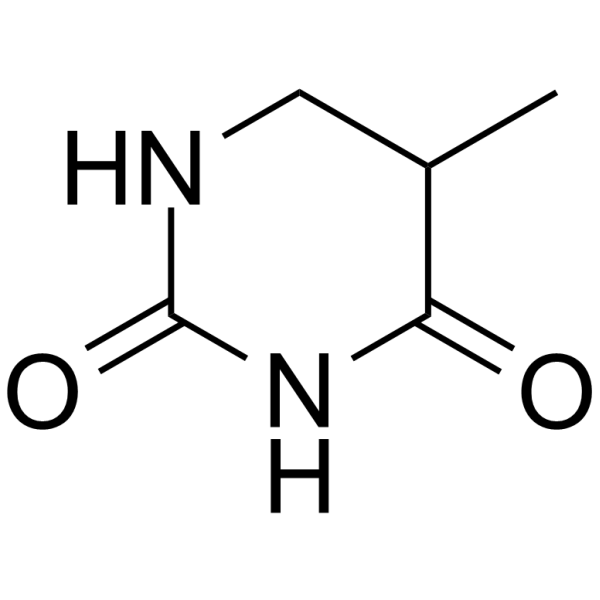
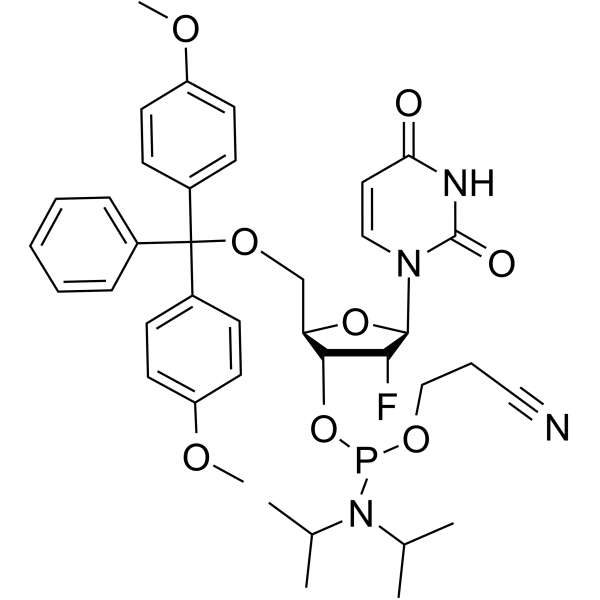
 Phosphoramidite.gif)
